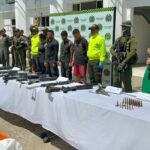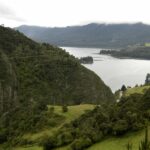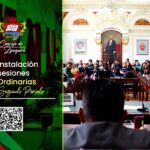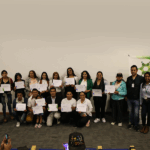(Photo: Andrés Carrillo/ZipaExiliados)
Violence flared up in Bogotá on Wednesday as standoffs between protesters and the ESMAD riot police escalated into a night of turbulence and lawlessness that left much of the southwestern section of the city looking like a war zone.
Confrontations were the most intense around the Portal de las Américas bus station, which had recently become a rallying point for anti-government activists as Colombia entered its forty-third day of protests. There, detachments of armored ESMAD officers faced off against crowds of enraged demonstrators who wasted no breath in letting the police know that their presence was unwelcome in the neighborhood. Shouts of “Murderers!”, “Rapists!”, and several even more vulgar epithets rang out as both sides appeared to brace themselves for violence.
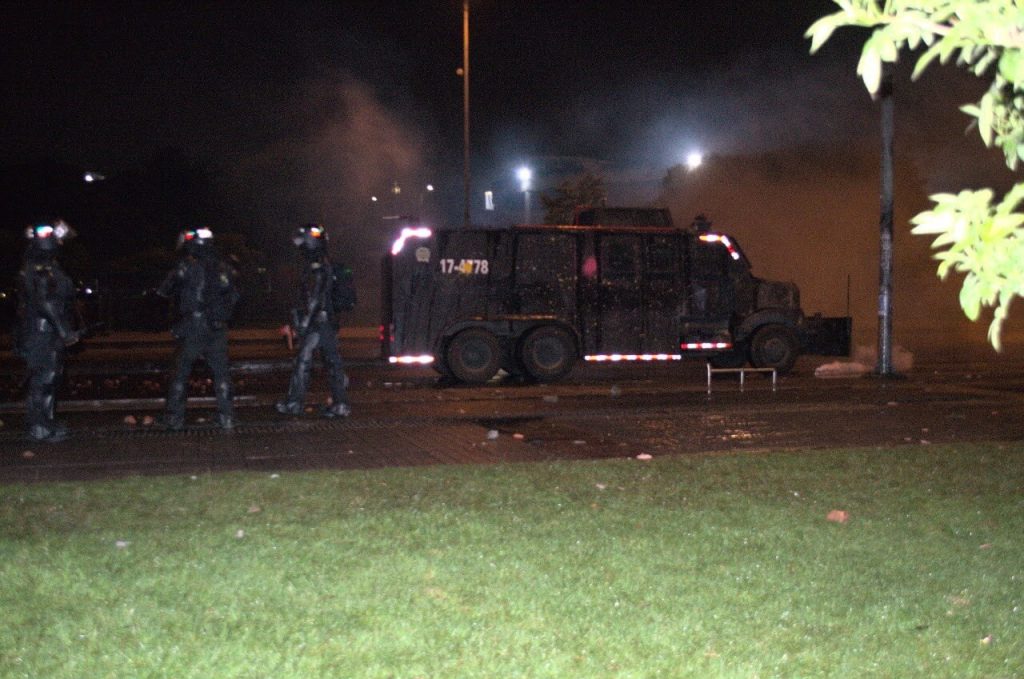
ESMAD riot police patrol the streets of Bogotá. (Photo: Andrés Carrillo/ZipaExiliados)
The clashes took the form of running battles, with rioters hurling rocks, bricks, firecrackers, and Molotov cocktails while the police responded with tear gas, water cannons, flashbangs, and paintball-like rubber pellets. The rioters, although not as well-equipped as the officers, were nonetheless well-organized, arranging themselves in phalanx-like formations with distinct purposes assigned to each line of participants: a front rank providing protection with improvised shields, a second composed of projectile-throwers, a third dedicated to putting out or throwing back tear gas canisters, and a fourth apparently charged with evacuating injured comrades. Engagements would usually last for a few minutes at most, with rioters retreating as the police closed in on them. During lulls in the violence, helmeted emergency responders tended to the injured while the police assumed new positions and rioters shouted fresh insults at them.

Rioters confront police near Portal de las Américas. (Photo: Andrés Carrillo/ZipaExiliados)
These skirmishes raged all through the night and into the early morning, with devastating consequences for the neighborhoods touched by the violence. Throughout the area, white clouds of tear gas drifted through the streets, blinding and choking anyone who walked through without protection. All around, the pavement was strewn with debris and walkways lay in ruin, ripped apart by rioters in search of bricks and chunks of concrete to use as ammunition.
At one apartment complex near the station, tear gas could be seen billowing out of shattered windows while watery-eyed residents gathered outside, huddled under umbrellas and eaves to keep dry in the rain.
The exact circumstances of how the canisters ended up in the building were not entirely clear to reporters. One, which crashed through the window of a third-floor apartment, appeared to have been launched by the police. Another, which came from the opposite direction and broke through a window on the ground level, could very well have been thrown by a rioter. Whether those impacts were accidental or deliberate is unclear at the time of this writing. Although one can speculate that poor visibility on a tear gas-clouded night resulted in shoddy aim by both sides, no definitive conclusion can be drawn.
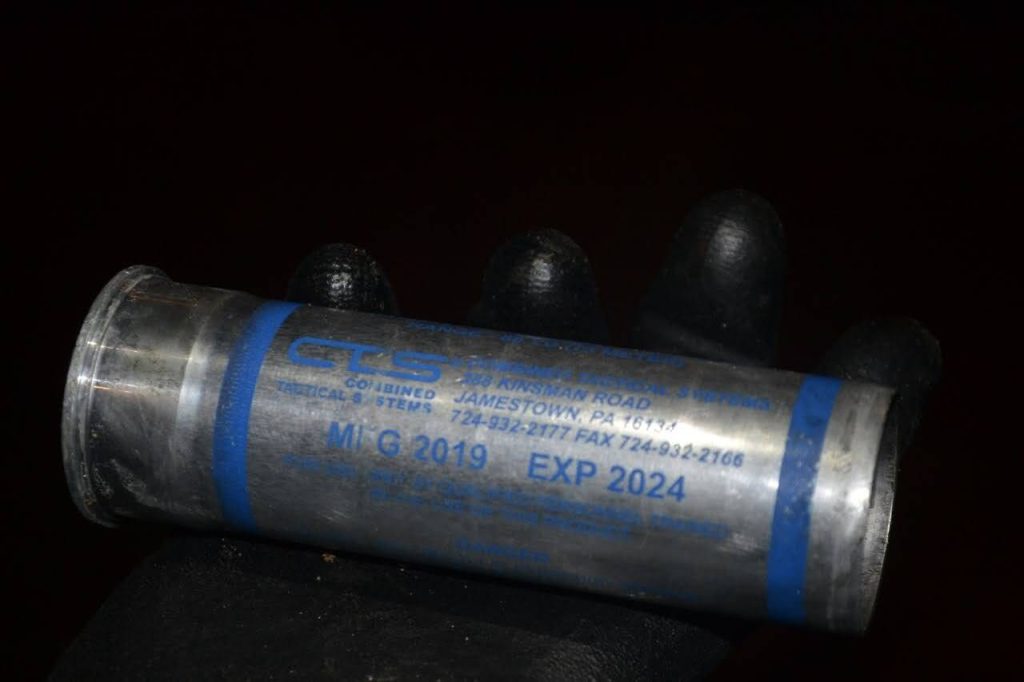
One of the tear gas canisters fired by police during the riot. (Photo: Andrés Carrillo/ZipaExiliados)
Regardless of who had thrown or fired the canisters, the inhabitants of the complex made it abundantly clear that they blamed the government and its security forces for the chaos.
“Murderers!” one woman exclaimed to gathered reporters, gesticulating furiously in the direction of the police. “Every night is like this. Five days without them were perfect and now they attack us again. This damned government! Always the same thing!”
Other residents expressed shock at such activity, noting that one of the apartments housed a pair of asthmatic children who would be especially imperiled by the effects of tear gas. Meanwhile, one man raised his shirt slightly and showed reporters a bleeding wound in his abdomen which he characterized as evidence of an attack on human rights by the ESMAD.
By morning, the smoke had cleared and the violence had subsided. Despite what some headlines and pronouncements by politicians seemed to indicate, most of the city was untouched by the destruction. Although there were numerous protests on the same day involving thousands of people, most of those were peaceful and proceeded without serious trouble.
On Thursday, the Office of the Secretary of Government of Bogotá announced that at least sixty-eight people had been injured in the previous day’s disturbances, including thirty-six police and thirty-two civilians.
Meanwhile, dialogue between the government and the National Strike Committee has not resumed since the latter broke off negotiations last Sunday. With the conduct of the security forces an increasingly prominent issue in the public discourse surrounding the protests, it seems unlikely that Wednesday’s events will move the talks forward.
This report was made possible by the courage and hard work of the ZipaExiliados team, whose members endured significant pain in the process of covering this story.



